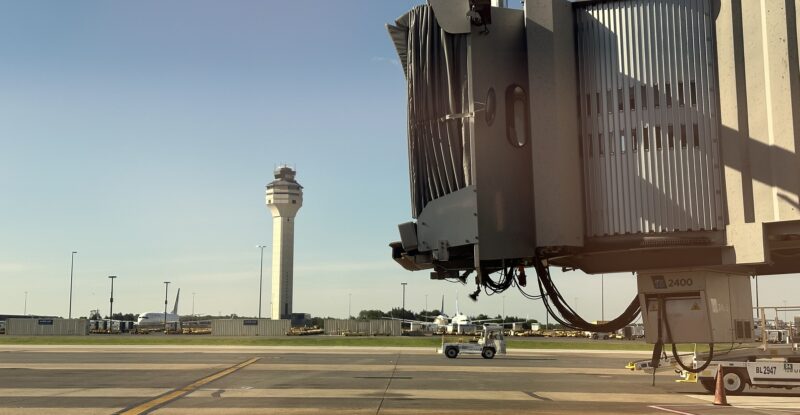Following a string of alarming air traffic control disruptions, failures and staffing shortages at Newark Liberty, and in the face of continued challenges at other US airports, Transportation Secretary Sean P. Duffy this spring identified an acute need for the country to build a new, state-of-the-art ATC system.
Eager to address what Duffy referred to as “decades of neglect,” the U.S. Federal Aviation Administration promptly issued a request for information (RFI) for an integrator to play a key role in executing the ATC modernization plan.
In the near-term, the FAA is focused on replacing core infrastructure, hardware and telecommunications networks, and its choice of integrator is likely to reflect that focus.
But longer-term, Aireon — the pioneer of space-based automatic dependent surveillance-broadcast (ADS-B) data for aviation — sees a potential opportunity to assist the FAA in meeting some of its ATC modernization goals.
Co-founded in 2011 by Iridium Communications and multiple air navigation service providers (ANSPs), Aireon is able to track and monitor aircraft around the globe. That’s because every satellite in Iridium’s 66-satellite NEXT Low Earth Orbit (LEO) constellation carries the Aireon payload, a space-based ADS-B receiver that monitors aircraft in real-time. Aireon data sets are also used by the global community to help lead the proactive identification of risks and mitigations.
“Aireon is encouraged by the significant commitment of the FAA and current Administration to modernizing the U.S. air traffic control system,” the McLean, Virginia-based firm tells Runway Girl Network. “In the near-term, the FAA will be focusing on critical priorities for infrastructure investment. However, complete modernization of the U.S. ATC system is part of the plan.
“We continue to engage the FAA and potential systems integrators for the Brand-New ATC System and believe we can play a part in providing state-of-the-art ATC/ATM services for the US oceanic and remote airspace.”
For example, as part of its proposed upgrades, the FAA said investing in ADS-B in the Caribbean “is vital for the FAA to enhance aviation safety and efficiency in a region with limited radar coverage, busy international flight corridors, and challenging geography.” But current projections suggest that the necessary work won’t be finished until 2033.
“ADS-B’s satellite-based tracking provides precise, real-time aircraft surveillance over remote oceanic areas, enabling safer routing, reduced aircraft separation, and improved search and rescue capabilities,” enthused the FAA.
This is the sort of work where Aireon appears primed to assist.
Matt Desch, the CEO of Iridium, is also optimistic about Aireon’s prospects for aiding the Trump Administration in its critical work to transform the nation’s ATC system.
During an earnings conference call to report second quarter revenue of $216.9 million, an 8% increase over the year-earlier period, Desch fielded a question about the role Iridium could play in aiding the build-out of nextgen ATC in the United States.
He assured that Aireon is keeping an eye on the developments.
“I think there’s still a big opportunity with the FAA. I think Aireon will be a supplier of that service to them over time, but I don’t think they’ll be able to take advantage of that infusion of funding for the next year or two,” said Desch.












